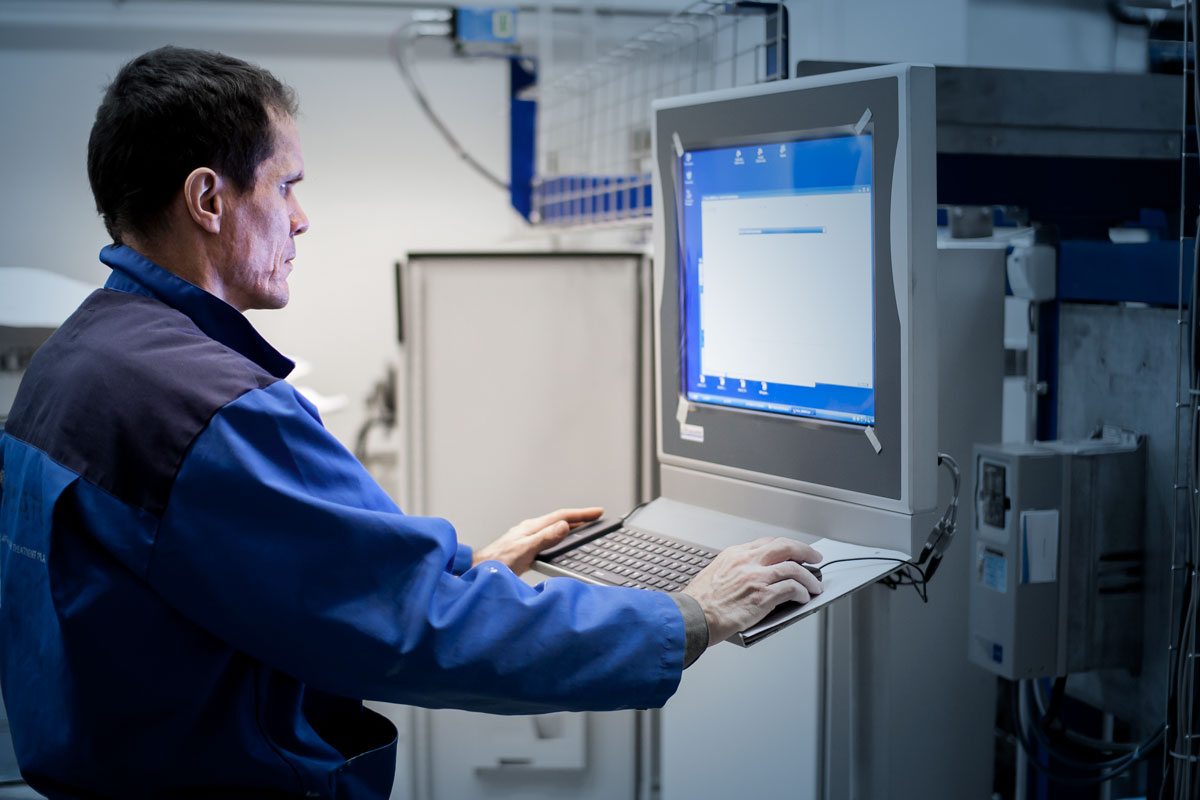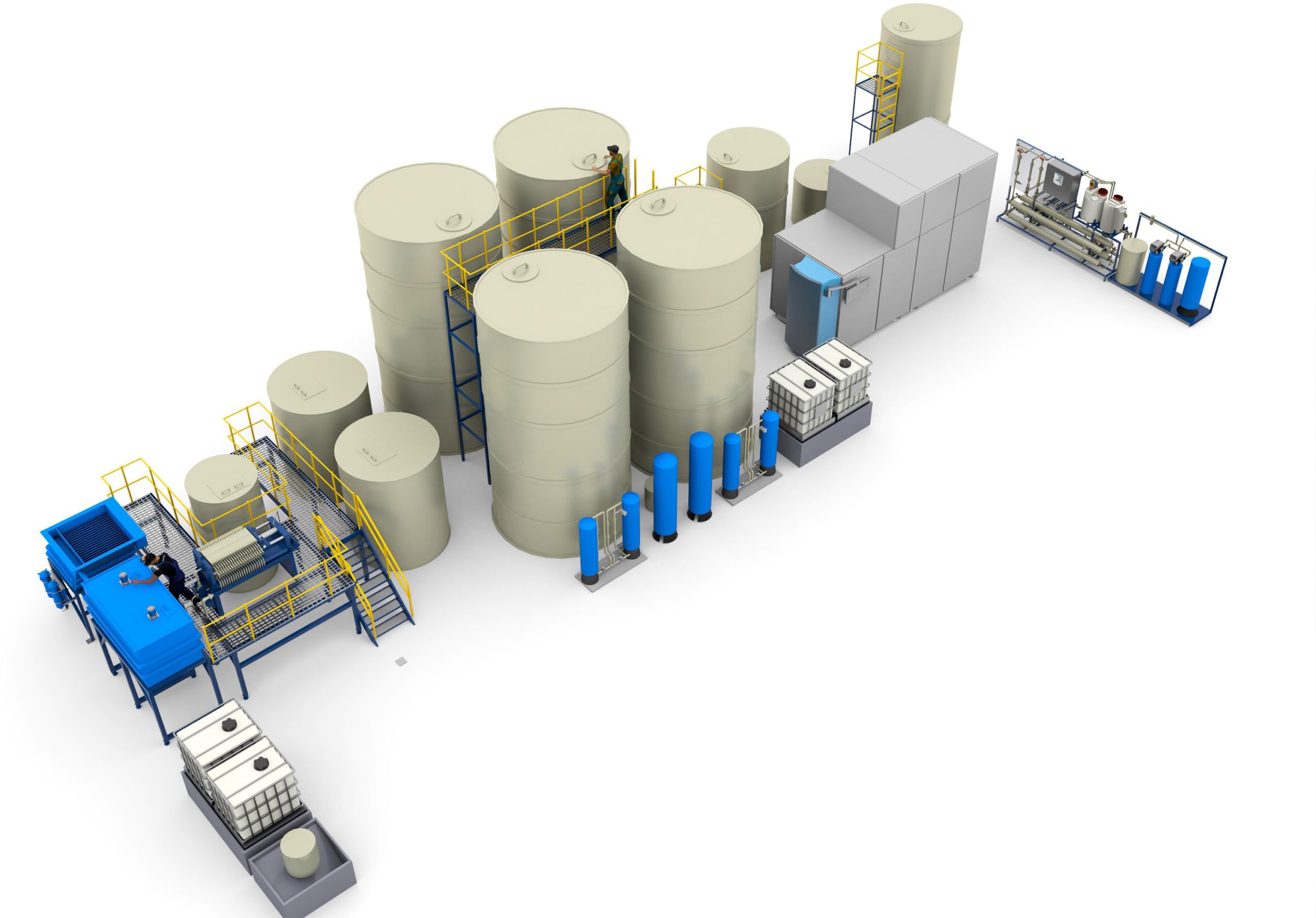Wastewater Treatment Plants
The design, manufacturing, supply, and installation of Wastewater Treatment Plants for surface treatment rinse waters
Galvatek’s surface treatment plants are often combined with a wastewater treatment plant. Wastewater treatment plants can be either neutralization or evaporator type. Galvatek wastewater treatment plant is always matched and optimized to the chemistry of the actual surface treatment process and local environmental requirements.
We also deliver demiwater (demineralized water production) equipment for supplying clean diluted water to the chemical surface treatment process. Both surface treatment plant and water treatment plant apply exactly the same project management, quality, and support by Galvatek when delivered as a complete package.
Typical wastewater treatment processes
Galvatek’s wastewater treatment plants can be divided into two types: neutralization plants and evaporation plants. The type of the plant depends on the needs and local environmental regulations. Galvatek wastewater treatment plants are designed to clean industrial effluent and especially metals. We do not provide equipment for municipal wastewater or wastewater that contains hydrocarbons.
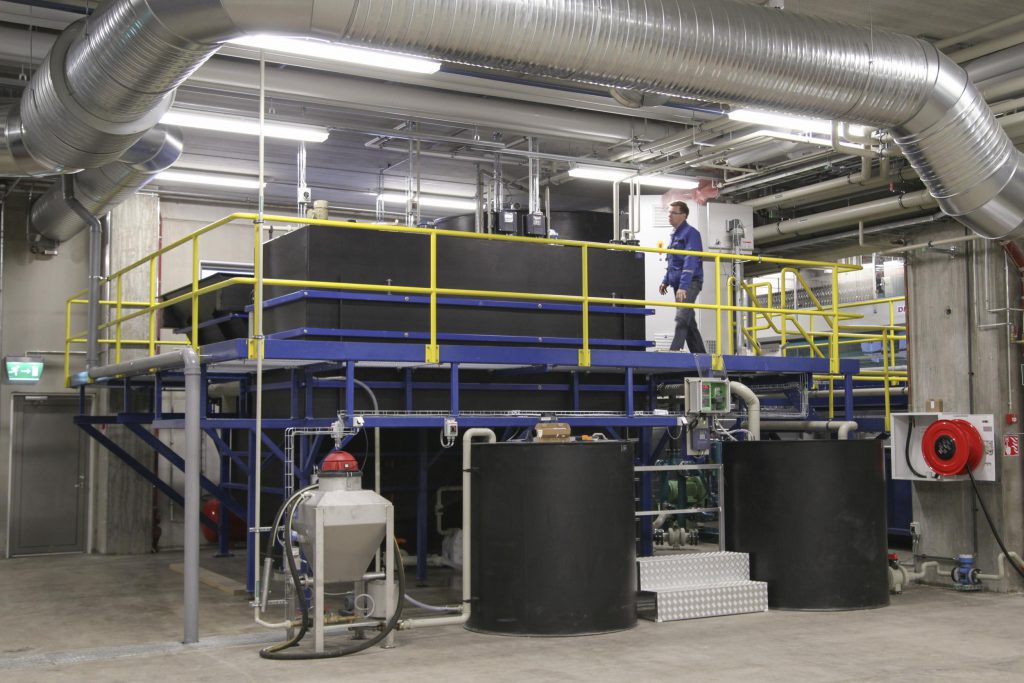
Neutralization wastewater treatment plant
Physical-chemical neutralization is a cost-effective way to clean even the biggest amounts of wastewater. John Cockerill neutralization plants include several processes like neutralization, flocculation, clarification and filtration according to the needs of the customer. Coagulation and flocculation convert wastewater components into solid sludge, which is dewatered using a chamber filter press. After neutralization wastewater is clean enough for discharge to sewage. Sludge is then taken care as solid waste.
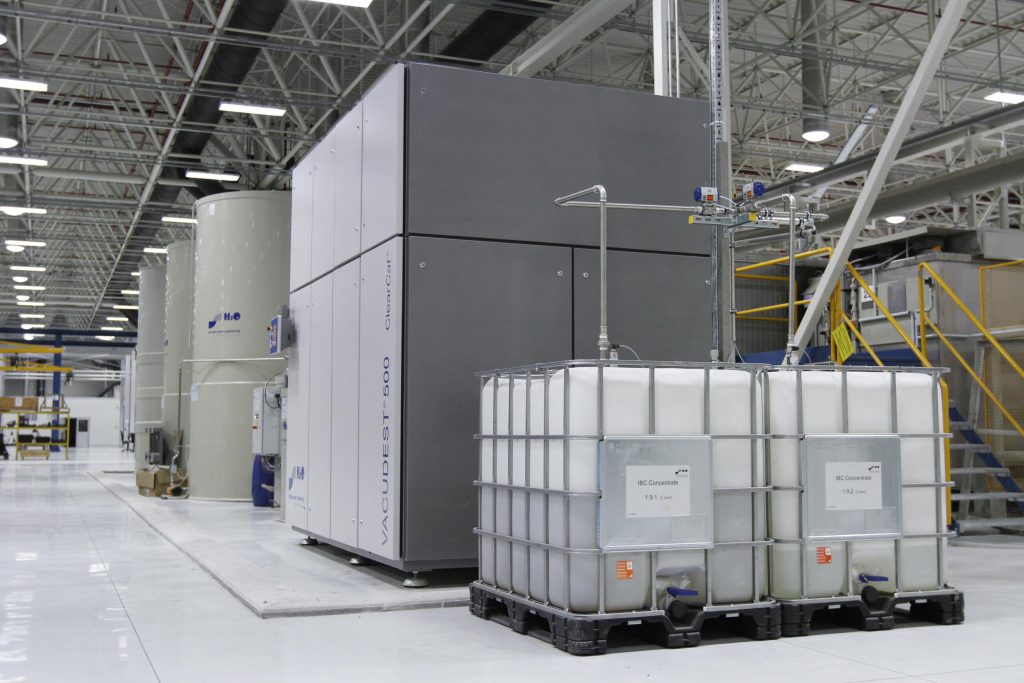
Evaporation wastewater treatment plant
Evaporator is an excellent choice, when zero water discharge to sewage and water recycling is required. In the evaporator plant wastewater is boiled, steam is then condensed back to water and concentrated waste separated.
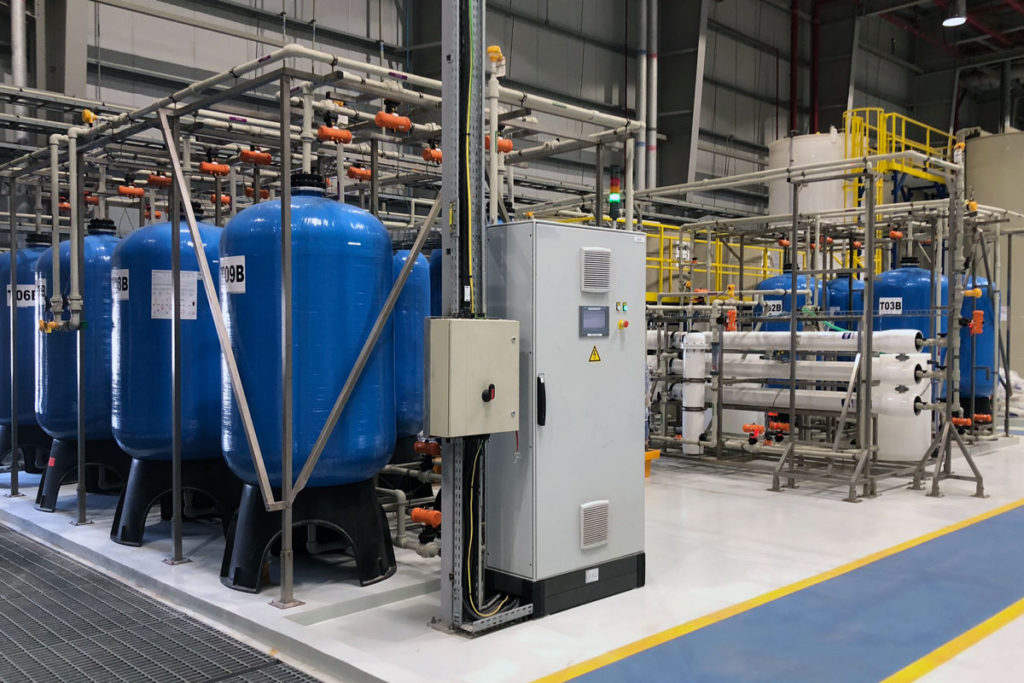
Evaporator + IonExchange system
Evaporator wastewater treatment plant can be combined with IonExchance system. In this system dirty rinses go to the evaporator and clean rinses are continuously circulated with an ion-exchange system. Evaporator has low flow, while a large part of effluent is circulated.
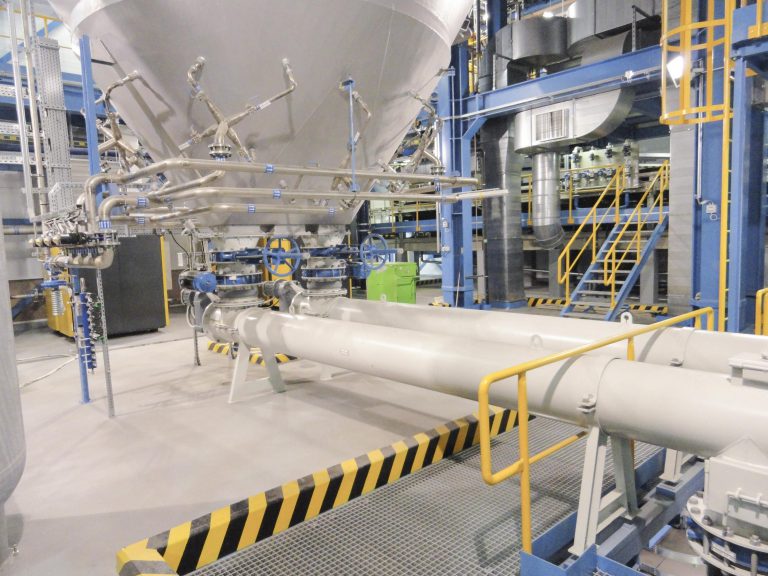
Typical Applications for Wastewater Treatment
Aviation
Wastewater treatment plants for the aviation industry are used to purify wastewater from anodizing, electroplating, etching, or cleaning plants. In cleaning, an evaporator is often a preferred solution.
Aluminum
In the aluminum industry, WWTP plants are used for cleaning the wastewater from anodizing plants used for aluminum extrusions.
Metal Finishing
Other water treatment plant applications include various industries needing either demin water to the process or having wastewater to be cleaned.
Energy
Large-scale wastewater treatment plants are used in coal and biomass-fired power plants to neutralize wastewater from the flue gas wet scrubbing process. Such wastewater treatment plants are needed to treat up to 50 m3/h effluents.
Typical Wastewater Treatment Plant
Conventional neutralization type plants can process up to 50 m3 of wastewater per hour, but a typical plant has a capacity of 1–10 m3/h. Purifying process is carefully tailored according to the process plant. Typically, our wastewater treatment plants utilise traditional physical-chemical treatment steps, such as neutralisation, flocculation, clarification and filtration. The pH of wastewater is adjusted, and the required coagulation/flocculation chemicals are added to the water to convert the dissolved components into solid form. The clarification step typically involves a lamella clarifier in which flocculated solids are separated. Solid sludge is further dewatered using a chamber filter press.
With John Cockerill evaporator plant up to 95% of the surface treatment line rinse waters can be recycled. Our typical evaporator plants process 0,5-2 m3 per hour, but plants can be scaled according to the needs of the customer. Evaporators are high-tech units, but the principle is simple: Wastewater is boiled under vacuum, which causes the water to evaporate. Substances that have a higher boiling point than water (such as metals) will stay in the evaporation residue (also referred to as the concentrate) and will be separated. Steam is condensed into liquid water and can then be reused. Evaporation energy can be recycled in the heating of wastewater/cooling of distillate step to reduce operational costs. Evaporator system is working automatically 24/7 and needs minimum maintenance. Galvatek evaporators are compact and the required floorspace is small.
Key solutions: Process Automation
Process automation is used to keep workers from the dangerous chemicals with automated material handling and automated dosing of chemicals.
John Cockerill chemical milling plants have an extremely high level of automation. The automated systems cover both process control and production control by constantly monitoring and adjusting chemical processes while also controlling material handling. As a result, payroll expenses can be reduced by up to 70 percent compared to manually operated plants. Automated plants are also much safer than manually operated plants.
